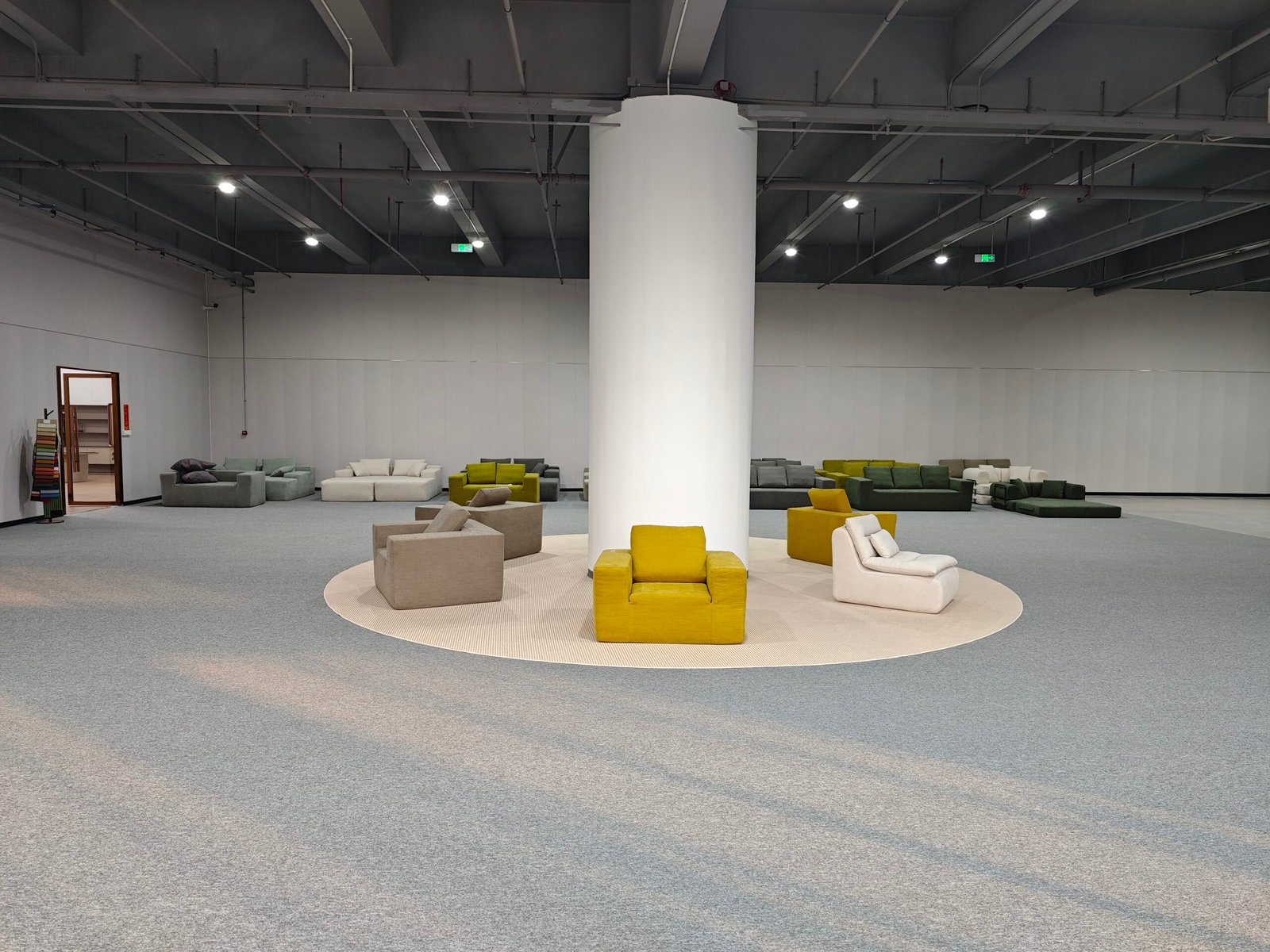
Not all sofas are made the same—and compressed sofas require a whole new way of thinking.
The manufacturing process of compressed sofas combines precise engineering, custom materials, and specialized compression technology to ensure quality, durability, and ease of transport.
Compressed sofa suppliers must balance innovation with structure, speed with quality, and affordability with design.
What makes compressed sofa production so unique?

Traditional sofas are bulky and hard to ship. Compressed sofas solve that—but it changes everything from frame design to packaging.
Manufacturing compressed sofas requires lighter materials, smarter designs, and factory systems that can handle high compression and re-expansion cycles.
At HSM, we've spent over 15 years refining our factory processes. Here's a step-by-step walkthrough of how a compressed sofa comes to life.
How do we select raw materials?
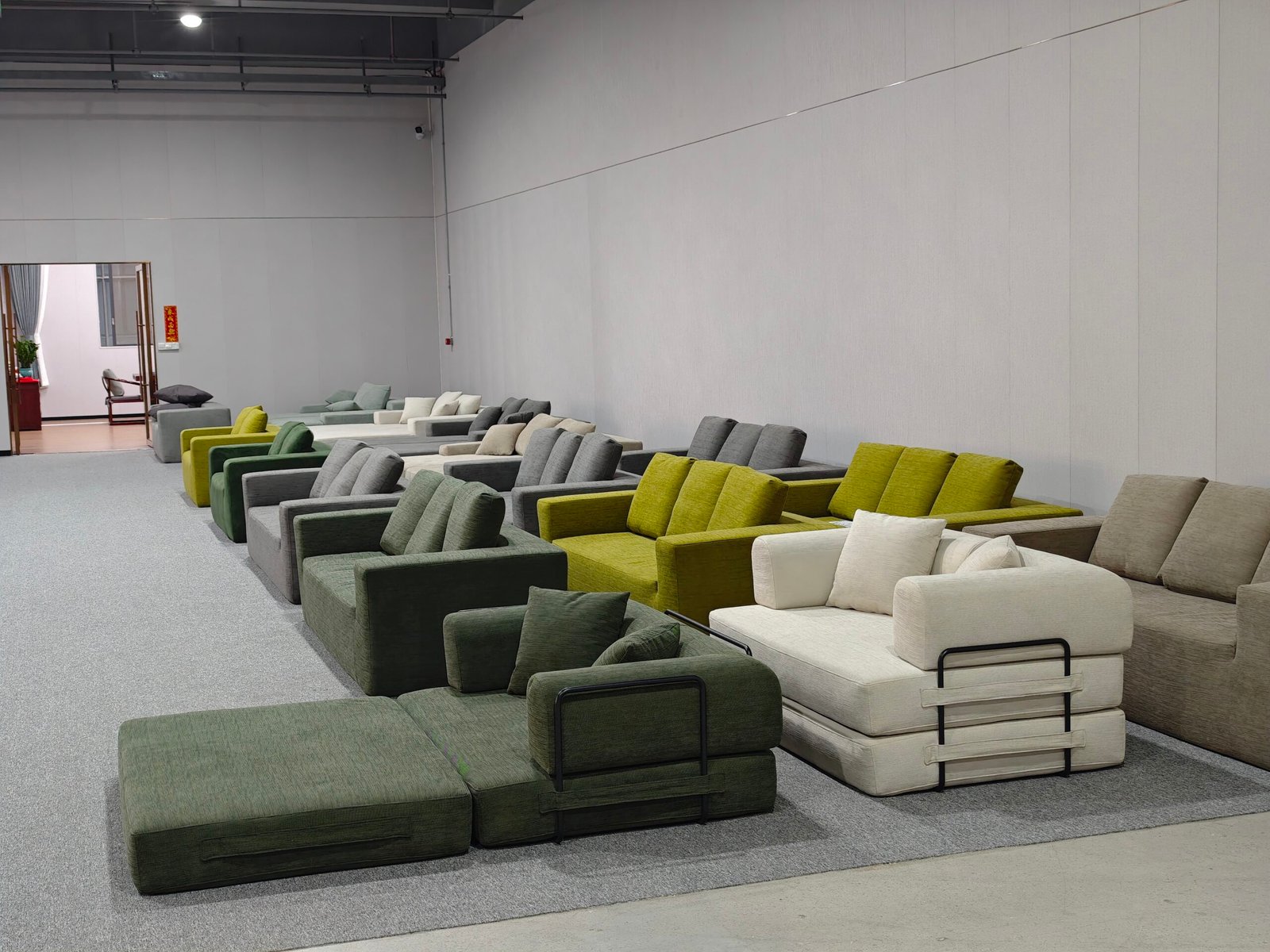
You can’t compress junk and expect it to expand beautifully.
We choose materials that are strong yet flexible—like high-density foam, plywood, and stretchable fabrics—to survive compression and deliver comfort.
Our key materials:
| Material | Why We Use It |
|---|---|
| FSC-certified plywood | Strong, light, and sustainable |
| CertiPUR-US foam | Safe, springy, and low-VOC |
| Polyester-blend fabric | Stretch-resistant, easy to clean |
| Metal hinges + joints | Foldable and durable under pressure |
We source our materials from long-term partners who meet strict quality standards. Every batch is tested before entering the production line.
How does sofa design turn into factory blueprints?
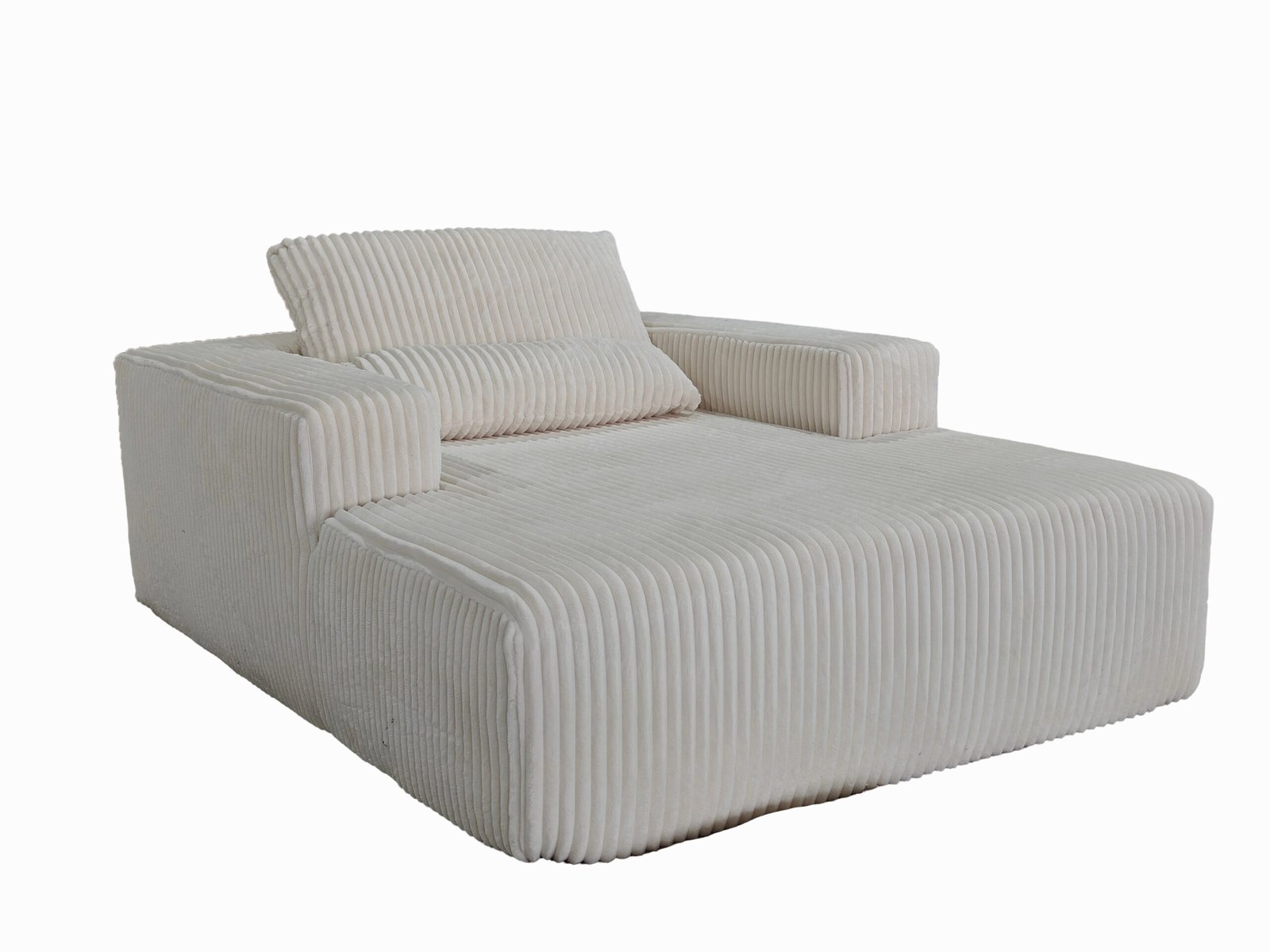
A compressed sofa must look good, feel good, and pack tight. That’s a tough design brief.
Our design team works with engineers to create blueprints that balance aesthetics, weight, function, and compressibility.
We use:
- CAD software to simulate compression
- 3D prototypes for test fitting and user comfort
- Finite element analysis (FEA) to test stress points in joints and frames
It’s not just about how the sofa looks—it’s about how it folds and unfolds 1,000 times and still feels new.
How do we cut and shape the parts?

Every sofa starts with precise cuts—from foam to wood to fabric.
We use CNC machines, automatic saws, and fabric cutters to ensure consistent shapes and sizes.
Machines we use:
| Material | Machine Used | Tolerance |
|---|---|---|
| Plywood | CNC router | ±0.2mm |
| Foam | Horizontal foam cutter | ±1mm |
| Fabric | Laser/auto fabric cutter | ±0.5mm |
After cutting, we label each piece for traceability. That helps during quality control and speeds up assembly.
What happens during assembly?
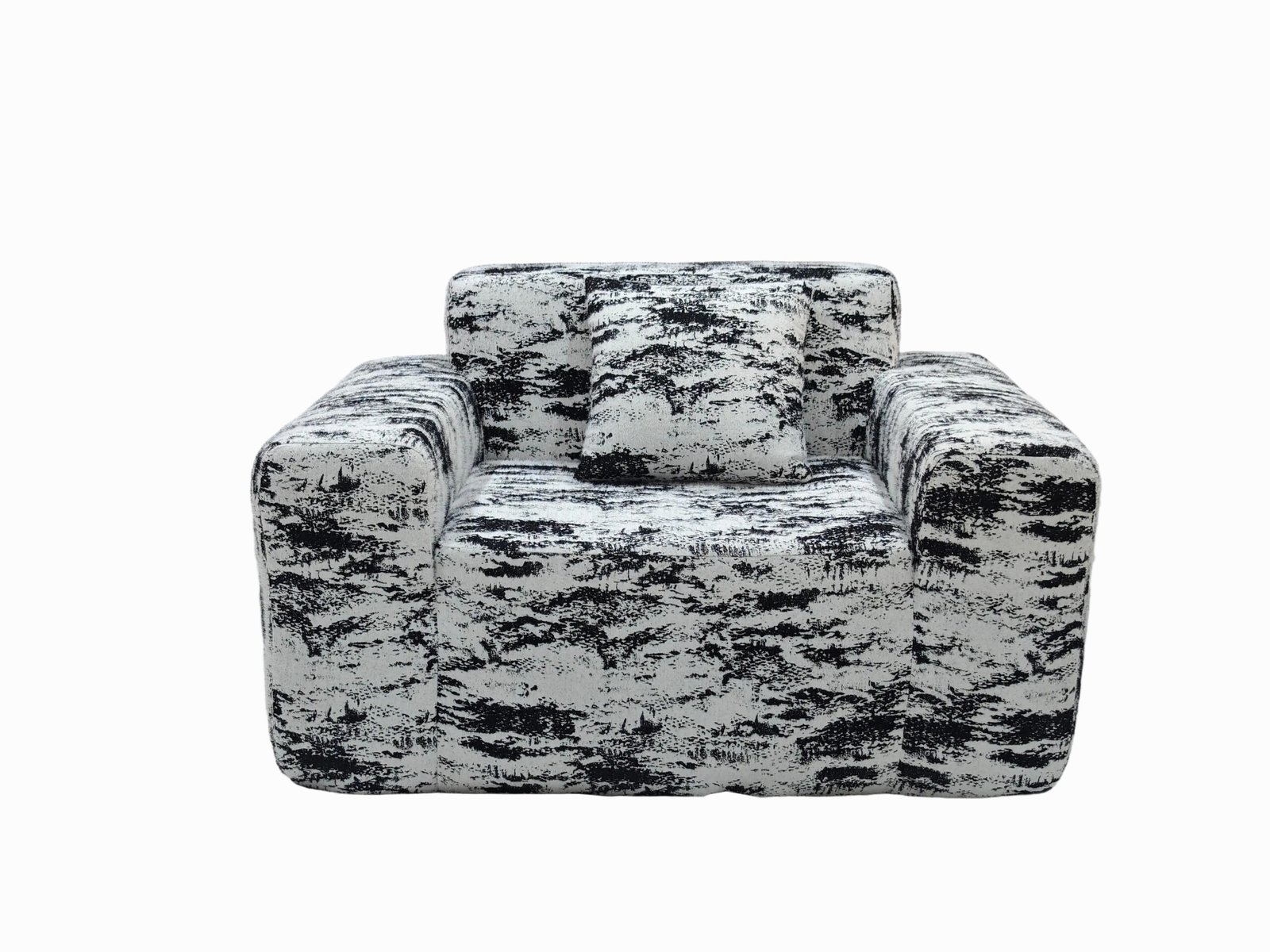
We combine hundreds of components into one frame—without losing modularity or compression performance.
Assembly is done on flow lines, where trained teams handle frame-building, cushioning, and upholstery.
Steps include:
- Frame assembly with glue, nails, or metal joints
- Foam layering, attached with water-based adhesive
- Upholstery stapling, stretch-and-tuck for wrinkle-free finish
- Folding test, to check compression-readiness
Before it leaves the line, each unit goes through a five-point quality inspection.
How does compression technology work?

Here’s where compressed sofas get special.
We vacuum-pack the sofas using industrial air-removal machines, then flat-pack or roll-pack them into compact boxes.
Our compression process:
- Step 1: Sofa is wrapped in PE film
- Step 2: Air is removed using vacuum-sealing
- Step 3: Sofa is folded and rolled (or layered) into box
- Step 4: Packed in reinforced corrugated carton
This reduces shipping volume by up to 75%—and saves huge costs on container space.
We also run re-expansion tests on samples from every batch to ensure shape recovery.
How do we manage quality control?
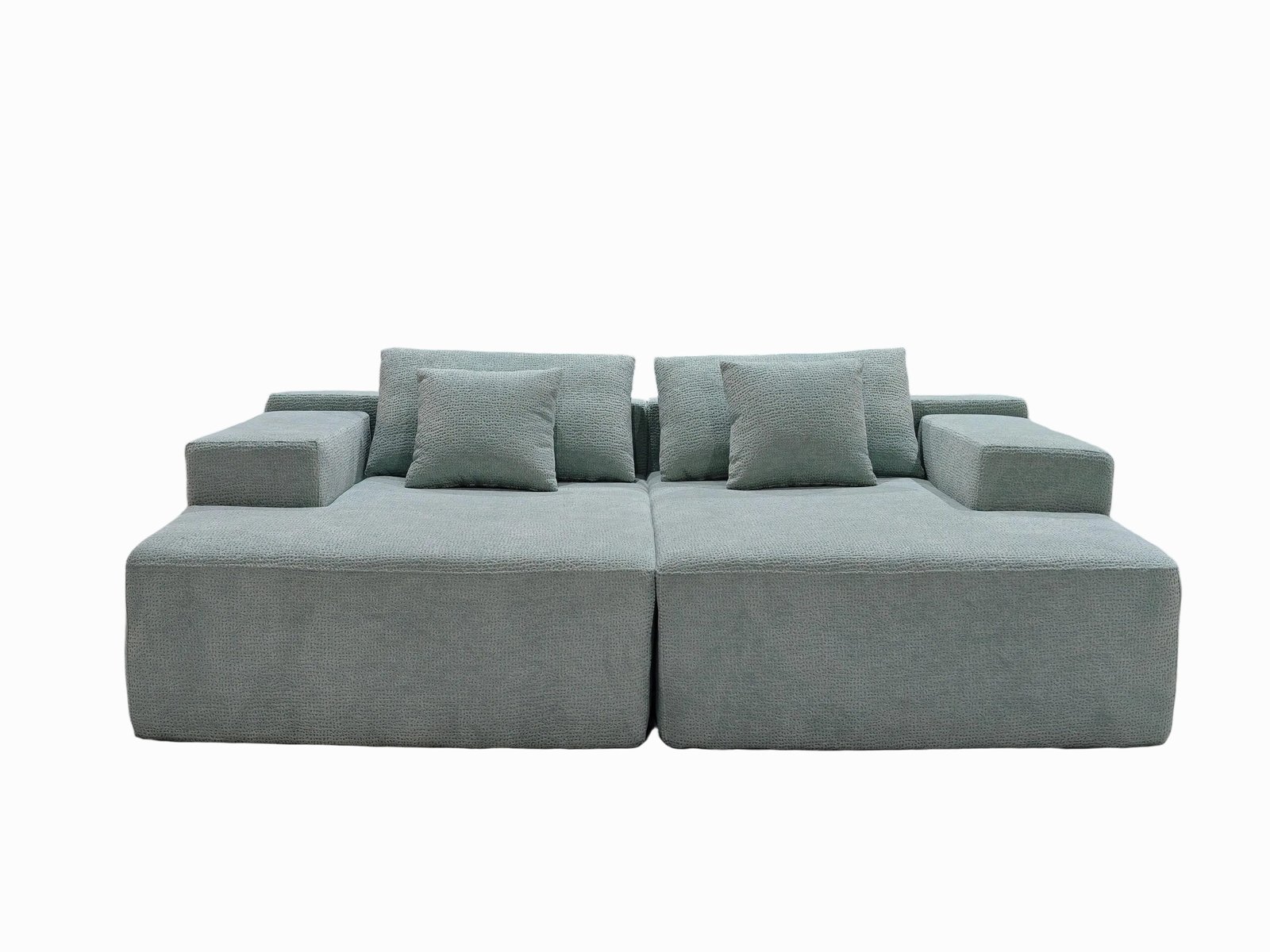
No customer wants a damaged or deformed sofa. That's why we test everything, every day.
We follow ISO 9001 protocols to test materials, assembly strength, foam recovery, and final compression.
Key quality checks:
| Stage | Test Performed |
|---|---|
| Incoming Materials | VOC test, moisture content |
| Frame Assembly | Joint pull test, stress test |
| Upholstery | Fabric stretch and seam test |
| Post-Compression | Recovery time + shape retention |
Only sofas that pass all tests move to final packaging. Rejected units are fixed or recycled.
What does packaging and shipping look like?
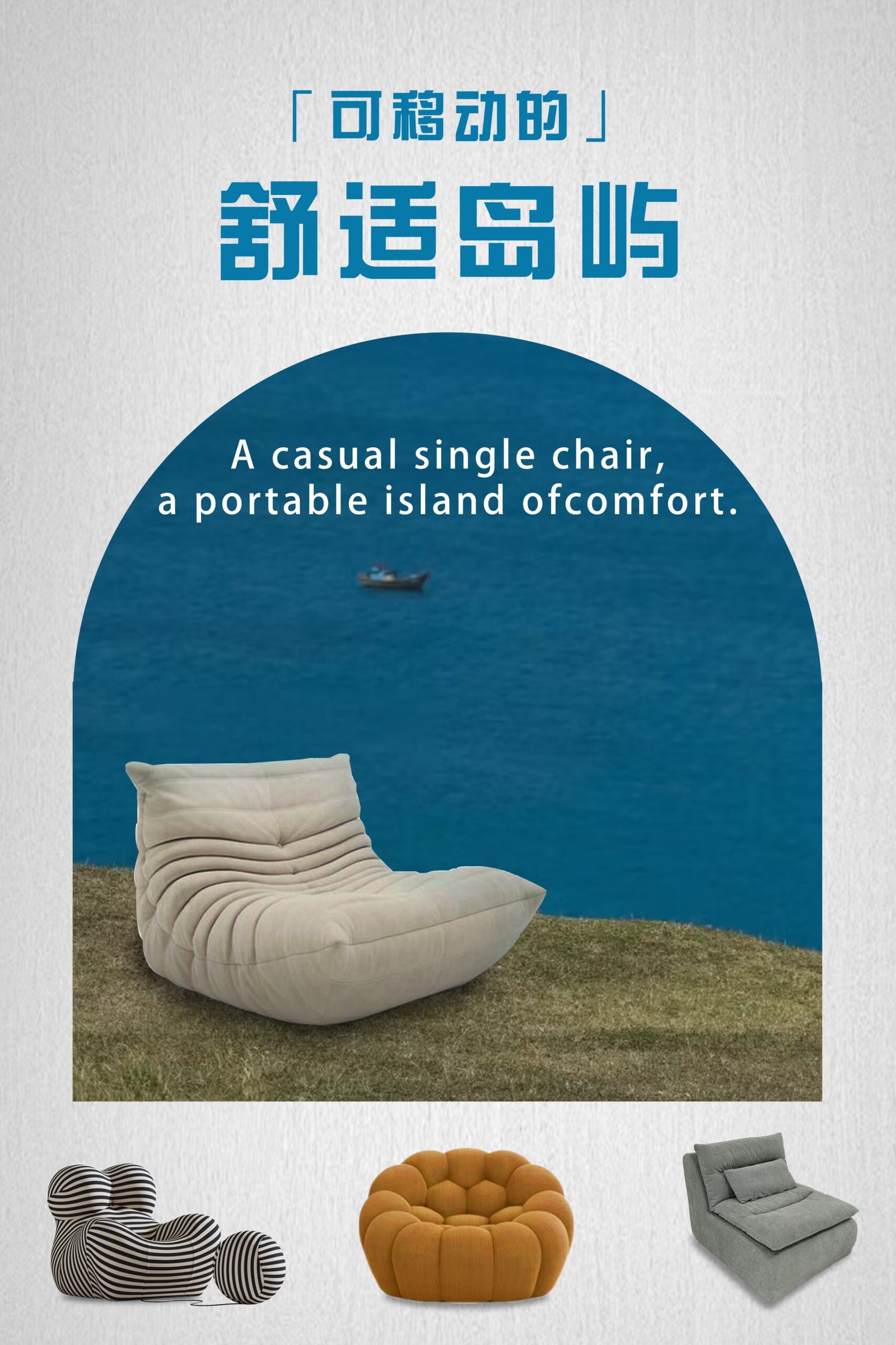
A good box can mean the difference between a 5-star review and a product return.
We use multi-layer cartons with corner guards, straps, and printed labels for easy unpacking.
Each package includes:
- QR code for assembly video
- Printed manual in multiple languages
- Return instructions (if needed)
- Waterproof outer layer
We load boxes into 40ft HQ containers, stacked with a 90%+ fill rate—saving our clients money on logistics.
How do we handle after-sales feedback?

Customer voices shape our future models.
We collect feedback through QR-linked surveys, B2B emails, and retailer dashboards. Then we apply that data into R&D updates.
Examples of changes we’ve made:
- Switched to softer armrests after 40+ requests
- Added anti-slip feet due to customer reviews on slippery flooring
- Improved instruction diagrams to reduce returns
Every returned unit is reviewed by our quality team and logged for weekly product meetings.
Conclusion
From material selection to compression, every step in compressed sofa manufacturing is built for quality, efficiency, and modern living. A good supplier doesn’t just build sofas—they engineer trust, piece by piece.